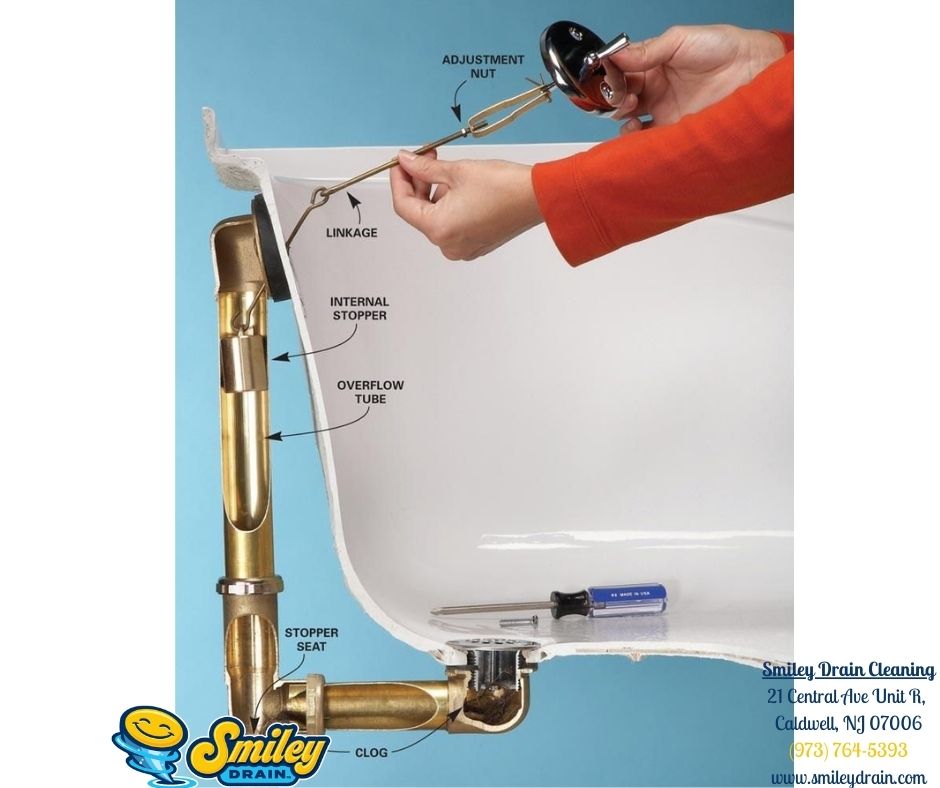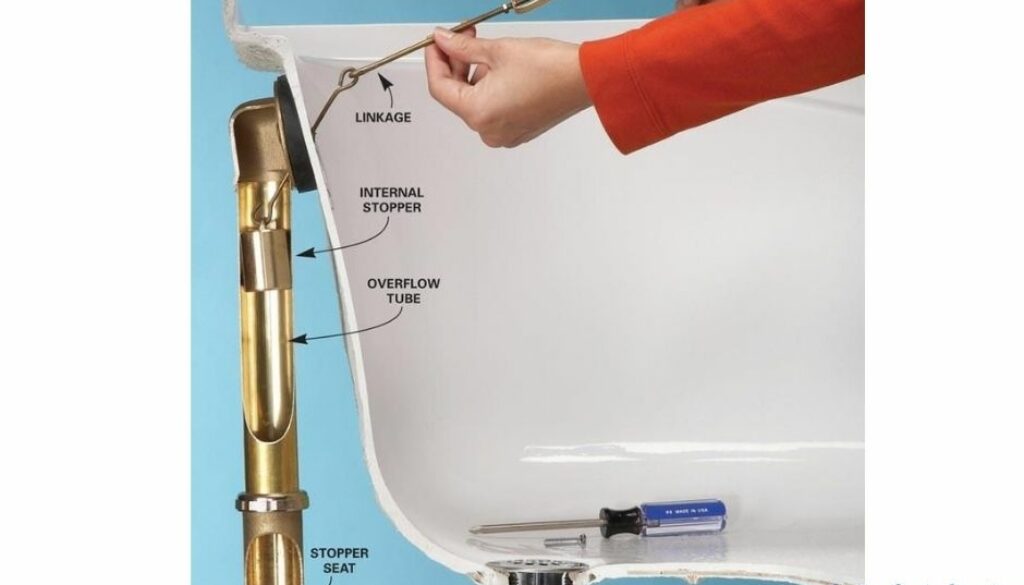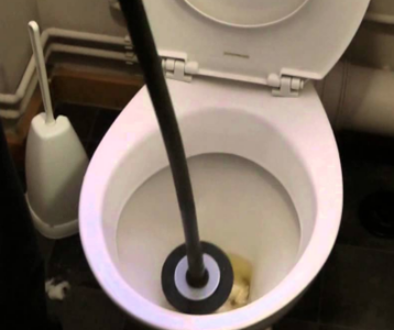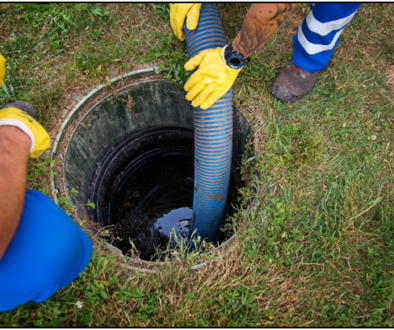How To Unblock A Tub Drain
Ever had a relaxing bubble bath ruined by a clogged tub drain? Don’t worry, my friend, I’ve got your back! Today, we’re delving into the wonderful world of drain unblocking. Yes, you heard me right – a “wonderful” world! Trust me, it’s all about the satisfaction of restoring the smooth flow of water. So grab your plunger and get ready to tackle that stubborn tub drain!
Picture this: you’re soaking in a warm, luxurious bath, feeling all your stress melt away. But suddenly, the water starts to rise, slowly turning your bliss into panic. Fear not, my young apprentice! I’m here to guide you through the magical technique of tub drain unblocking. You’ll be back to enjoying your bath in no time!
Ah, the glory of a cleared tub drain! No more standing water, no more slow drainage. Just pure, unencumbered flow that allows you to enjoy your bath to the fullest. Get ready to become a fearless warrior in the battle against clogs. From simple tricks using baking soda and vinegar to wielding the almighty plunger, we’ve got an arsenal of techniques to help you conquer any clog in your tub drain. So put on your DIY hat and let’s save the day, one unclogged drain at a time!
Before we dive into the nitty-gritty details of each method, let’s make sure we’re on the same page. First things first, you need to identify the enemy – the clog. Is it hair? Soap scum? A lost rubber duck? Understanding what’s causing the blockage will help you choose the right method for unblocking your tub drain. So grab your detective hat and let’s solve this mystery together. Get ready to banish that clog back to the murky depths from whence it came!
Congratulations! You’ve just completed your mission of unblocking a tub drain. Wasn’t that satisfying? Now you can go forth and enjoy your baths in peace, without the terror of a clogged drain. Remember, my young plumbing enthusiast, with the right knowledge and a bit of determination, you can conquer any clog that dares to stand in your way. So go forth, armed with your newfound drain-clearing skills, and keep those tubs flowing freely!
- Remove any visible debris or hair from the drain surface using your hands or a pair of tweezers.
- Boil water and pour it down the drain to loosen any blockage.
- Create a mixture of baking soda and vinegar and pour it into the drain. Let it sit for 30 minutes.
- Use a plunger to create suction and dislodge the clog.
- Flush the drain with hot water to remove any remaining blockage.
- If the drain is still blocked, try using a plumber’s snake or call a professional plumber for assistance.

How to Unblock a Tub Drain: A Complete Guide
Unblocking a tub drain is a common household task that can be easily tackled with the right tools and techniques. A clogged drain can be a frustrating problem, causing water to accumulate in your tub and creating an unpleasant and unsanitary environment. In this comprehensive guide, we will take you through the step-by-step process of unblocking a tub drain, from identifying the cause of the blockage to effectively clearing it. So, grab your gloves and let’s dive in!
Tools You Will Need
Before we get started, let’s gather the necessary tools for the job. Here are the essential items you will need to unblock a tub drain:
1. Plunger: A basic plunger is a must-have tool for clearing clogged drains. Choose a plunger with a flat bottom for better suction.
2. Drain Snake: Also known as a plumber’s snake, this tool allows you to reach deep into the drain and remove any clogs causing the blockage.
3. Wire Coat Hanger: If you don’t have a drain snake, a wire coat hanger can be a useful alternative. Straighten the hanger and bend one end into a hook shape.
4. Bucket: It’s always a good idea to have a bucket nearby to collect water and debris that may come out during the unclogging process.
Now that we have our tools ready, let’s move on to the step-by-step process of unblocking a tub drain.
Identifying the Cause of the Blockage
The first step in unblocking a tub drain is to identify the cause of the blockage. There are several common culprits that can lead to a clogged drain:
1. Hair: One of the most common causes of tub drain blockages is a buildup of hair. Over time, hair strands can accumulate in the drain and form a thick mass that obstructs the flow of water.
2. Soap Scum: Soap scum can also contribute to drain blockages, especially if you use bar soap. The fatty acids in soap react with minerals in the water, forming a sticky residue that clings to the walls of the drain pipe.
3. Foreign Objects: Sometimes, small objects like jewelry, toothpaste caps, or even children’s toys can accidentally find their way into the drain and cause a blockage.
To determine the cause of the blockage, remove the drain stopper or grate and visually inspect the drain. If you see a visible buildup of hair or soap scum, you now know what you’re dealing with.
Tackling Hair Blockages
If you’ve determined that a hair blockage is causing your tub drain to clog, follow these steps to clear it:
1. Start by removing any visible hair strands from the drain using your fingers or a pair of tweezers.
2. Next, use a plunger to create a seal over the drain opening. Fill the tub with enough water to cover the bottom of the plunger.
3. Vigorously plunge the drain up and down for about 30 seconds. The suction and pressure created by the plunger should dislodge the hair clog.
4. If the plunger method doesn’t work, it’s time to bring in the big guns – the drain snake. Insert the snake into the drain, rotating it clockwise as you push it farther down.
5. Once you feel some resistance, rotate the snake in the opposite direction to dislodge the hair clog. Slowly pull the snake out, and the clog should come with it.
If you’ve successfully cleared the hair blockage, run hot water down the drain to flush out any remaining debris and ensure smooth drainage.
Dealing with Soap Scum Blockages
If soap scum is the culprit behind your tub drain blockage, follow these steps to effectively clear it:
1. Mix equal parts of baking soda and white vinegar in a small bowl. The fizzing reaction will help break down the soap scum.
2. Pour the mixture down the drain and let it sit for about 15 minutes.
3. Meanwhile, bring a pot of water to a boil. Carefully pour the boiling water down the drain to flush away the dissolved soap scum.
4. If the blockage persists, use a plunger to create a seal over the drain and plunge vigorously for about 30 seconds. The pressure should help dislodge the loosened soap scum.
5. If the plunger method doesn’t work, it’s time to employ the wire coat hanger as a makeshift drain snake. Insert the hooked end of the hanger into the drain and carefully maneuver it to remove any stubborn soap scum.
Once you’ve successfully cleared the soap scum blockage, run hot water down the drain to flush away any remaining residue and restore proper drainage.
Preventing Future Blockages
After successfully unblocking your tub drain, it’s important to take preventive measures to avoid future clogs. Here are some tips to keep your tub drain free-flowing:
1. Install a hair strainer or filter over the drain to catch loose hair and prevent it from going down the drain.
2. Regularly clean your drain stopper or grate to remove any hair or soap residue that may accumulate.
3. Avoid pouring grease, oil, or food waste down the drain, as they can solidify and cause blockages.
4. Run hot water down the drain after each use to help dissolve soap scum and flush away any potential clog-causing debris.
By following these simple tips, you can maintain a clear and problem-free tub drain.
Conclusion:
Unblocking a tub drain doesn’t have to be a daunting task. With the right tools, techniques, and preventive measures, you can keep your tub drain free-flowing and avoid the hassle of clogs. Remember to identify the cause of the blockage, whether it’s hair or soap scum, and use the appropriate methods like plunging or using a drain snake to clear the clog. By practicing regular maintenance and following preventive measures, you can ensure a smoothly functioning tub drain for years to come.
Key Takeaways: How to Unblock a Tub Drain
- Use a plunger to create pressure and dislodge clogs in the drain.
- Pour boiling water down the drain to dissolve soap residue and other buildup.
- Try using a mixture of baking soda and vinegar to break up stubborn clogs.
- Remove and clean the drain stopper to clear any trapped hair or debris.
- If all else fails, consider using a drain snake or calling a professional plumber.
Frequently Asked Questions
If you’re dealing with a clogged tub drain, you’re not alone! Here are some common questions and answers to help you unblock your tub drain. Say goodbye to standing water and hello to a smooth-flowing drain!
1. Why is my tub drain clogged?
Tub drains can become clogged due to a variety of reasons. Hair, soap scum, and debris are often the culprits. Over time, these substances can accumulate in the drain, narrowing the passage and causing water to drain more slowly or not at all.
Additionally, hard water minerals can build up and contribute to clogs. Clogs may also occur due to foreign objects accidentally falling down the drain. Identifying the cause of the clog can help you prevent future blockages.
2. How can I prevent tub drain blockages?
Prevention is key when it comes to keeping your tub drain clear. One simple step is to use a drain cover or strainer that catches hair and other debris before it goes down the drain. Regularly cleaning the drain cover and removing any collected hair or debris can also help prevent clogs.
Another preventive measure is to avoid pouring grease or oil down the drain, as they can solidify and cause blockages. It’s also a good idea to avoid flushing large amounts of non-biodegradable materials down the drain, such as wipes or paper towels.
3. What are some home remedies to unblock a tub drain?
There are several home remedies you can try before resorting to chemicals or calling a plumber. One method is to pour boiling water down the drain to dissolve the blockage. You can also try mixing baking soda and vinegar, pouring it down the drain, and then flushing with hot water.
If the clog persists, you can use a plunger to try and dislodge it. Ensure the drain is covered in water, place the plunger over the drain, and apply firm pressure with an up-and-down motion. For tougher clogs, a drain snake or wire hanger can be used to manually remove the blockage.
4. When should I call a professional plumber?
If you’ve tried various methods and your tub drain is still clogged, it may be time to call a professional plumber. A plumber has the expertise and specialized tools to handle complex clogs that require more advanced techniques to clear.
Additionally, if you notice other plumbing issues, such as multiple drains clogging simultaneously or foul smells coming from the drain, it’s best to seek professional assistance. They can diagnose the problem and provide an effective solution.
5. How can I maintain a clear tub drain?
To maintain a clear tub drain, regular maintenance is essential. As mentioned earlier, using a drain cover or strainer can help catch hair and debris. Cleaning the drain cover and removing any collected debris should be done regularly.
It’s also beneficial to periodically flush the drain with hot water to dissolve any accumulated residue. Avoid pouring grease, oil, or non-biodegradable materials down the drain. Additionally, consider scheduling professional drain cleaning services at least once a year to prevent any stubborn clogs from forming.
Summary
Got a clogged tub drain? No worries! Here’s an easy way to get it flowing again. Start by removing any hair or gunk from the surface, then try using a plunger. If that doesn’t work, mix baking soda and vinegar and pour it down the drain. Finally, finish off with a solution of hot water and salt. Voila! You’ve unblocked your tub drain without any fancy equipment or expensive chemicals. Remember, prevention is key, so make sure to use a drain cover to catch hair and debris in the future. Happy tub draining!
In conclusion, unclogging a tub drain can be a DIY task with these simple steps. By removing surface gunk, using a plunger, and trying a mixture of baking soda and vinegar followed by hot water and salt, you can get your tub drain flowing smoothly again. Don’t forget to use a drain cover to keep hair and debris from causing future clogs.




